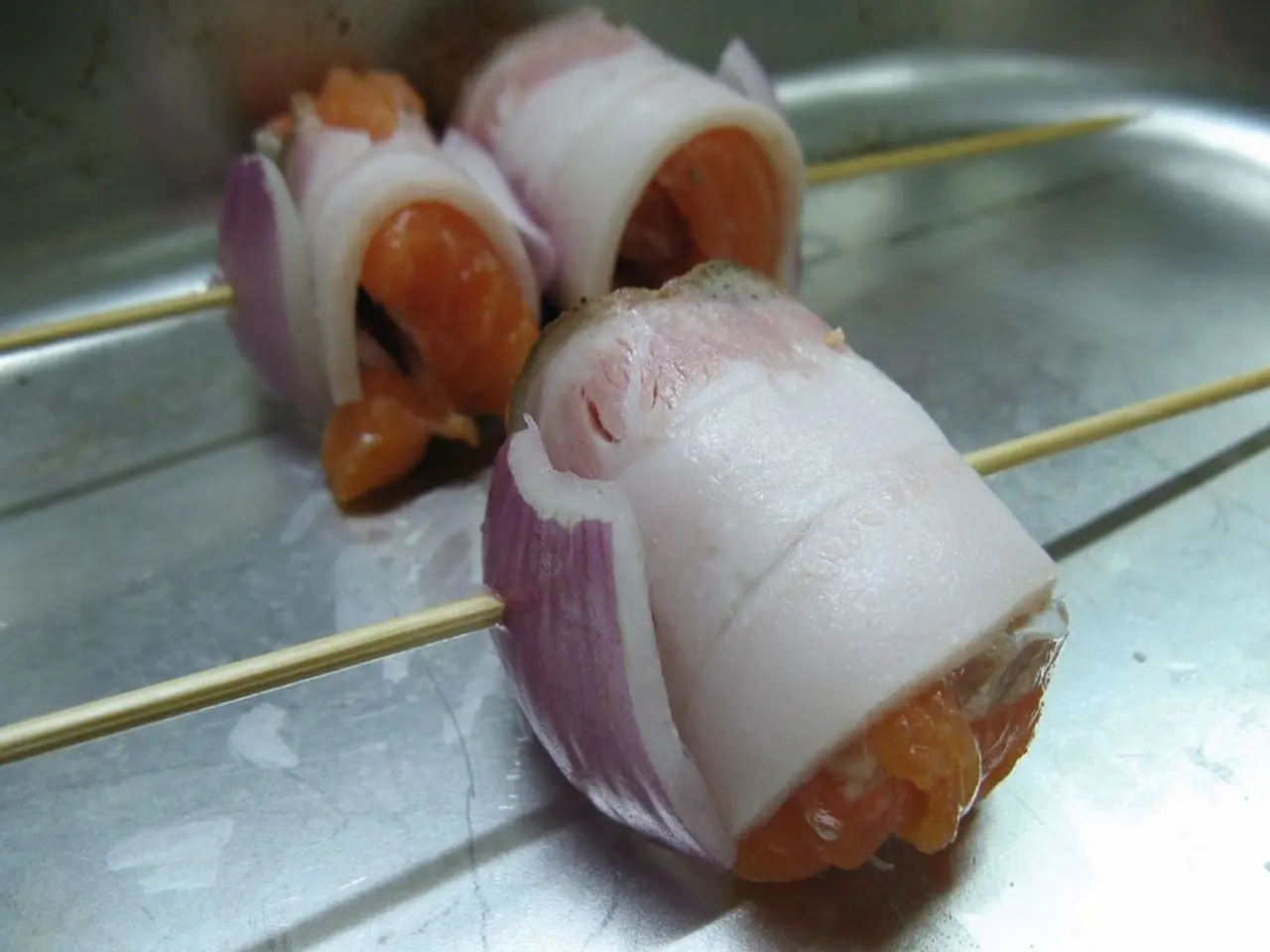Cultivating zucchinis: A step-by-step guide
Growing courgettes, also known as zucchini, organically is a rewarding experience for any gardener. Here's a step-by-step guide to help you grow healthy, productive courgette plants without the use of synthetic chemicals.
Sowing
Start sowing courgette seeds indoors from March or directly outside in late May to early June. Plant the seeds about 1.5 cm deep in well-prepared compost or soil, keeping the soil moist but not waterlogged.
Location
Choose a sunny spot with at least 6-8 hours of sunlight daily and enrich the soil with organic compost or aged manure for fertility and good drainage.
Watering
Water consistently at the base of the plants to keep the soil moist but avoid wetting the foliage, which helps prevent fungal diseases.
Feeding
Feeding the plants monthly with balanced organic fertilizers such as compost containing coffee grounds, banana peels, and eggshells supports healthy growth and fruiting.
Pest/Disease Control
Regularly inspect plants, removing affected leaves, and promoting natural pollinators like bees by planting pollinator-friendly flowers nearby or hand-pollinating flowers if needed. To maximize harvest, pick courgettes regularly when they reach 10-12 cm; harvesting frequently encourages more fruit production.
Harvesting
Harvest courgettes when they are around 10cm long to maintain their vigour and fruiting potential.
Growing in Containers
To grow courgettes in a pot, choose a pot that's at least 45cm wide and high, fill with peat-free, soil-based or multi-purpose compost, and keep well watered and fed weekly with a tomato feed once the flowers emerge.
Varieties
There are numerous courgette varieties available, such as 'Defender', a heavy cropper with good disease resistance, 'Zucchini', a classic green courgette, 'One Ball' with vibrant yellow, spherical fruits, 'Gold Rush' with long, golden-yellow fruits, 'Tondo di Nizza' with tennis ball-sized, pale green fruit, and 'Venus', a compact patio variety, ideal in pots.
Pest Control
Young courgette plants are vulnerable to slugs and snails. Use crushed eggshells, copper rings, biological pest control, or wildlife-friendly slug pellets as protection.
Growing with Sweetcorn
Monty Don plants a raised bed with tall, slow-growing sweetcorn, then fills the gaps with low-growing courgettes.
Troubleshooting
If you encounter issues such as grey mould, powdery mildew, or a lack of fruits, there are solutions. Grey mould can be controlled by cutting out affected areas and removing dead growth on the ground. Powdery mildew can be managed by ensuring healthy plants with good air circulation. A lack of fruits can be due to the plant producing only male flowers. Keeping the soil consistently moist and feeding regularly with a high potash feed should help solve the problem.
Storing and Cooking
Courgettes are best used fresh, but can be kept for a short period of time by storing in a cool, dry place. Alternatively, turn gluts into chutneys or pickles. Courgettes can be steamed, fried, or grilled. Spherical varieties are perfect for stuffing and baking.
For more courgette recipes, visit olive for a collection of delicious courgette recipes. Happy gardening!
Maintaining a healthy lifestyle and adhering to an eco-friendly home-and-garden routine can be beneficial for growing courgettes, as depicted in this step-by-step guide. Choosing organic pest control solutions, such as crushed eggshells, biological pest control, or wildlife-friendly slug pellets, can help protect young courgette plants.





